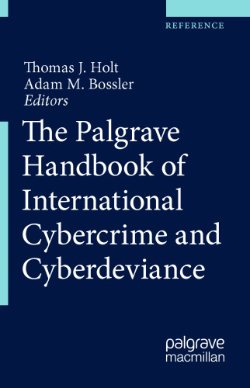By exploring the political and economic histories of Atlanta, Boston, Detroit, and New Orleans, Reid documents how each city experienced the demise of the industrial, welfare-state political economy and the rise of the post-industrial, absentee-state political economy and how these transformations have affected urban crime rates. Crime rates increased as manufacturing employment decreased. By contrast, high-skill service-sector growth led to less crime in Boston, while low-skill service-sector growth led to more crime in Atlanta. In addition, those cities emphasizing criminal justice expenditures at the expense of social welfare expenditures have had more crime than those cities that did not. Political and economic conditions have influenced crime rates, in sometimes surprising ways, across the post-World War II urban landscape.
New York: LFB Scholarly Publishing, 2003. 269p.





















